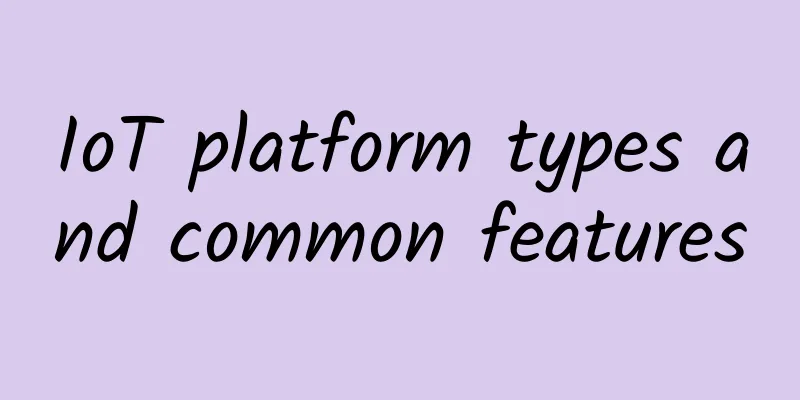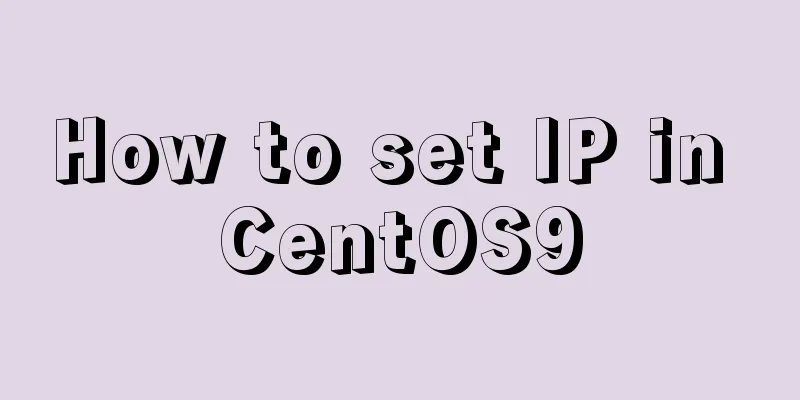IoT platform types and common features

|
Business strategy and customers determine how to structure your IoT platform content. The Internet of Things is the product of the combination of IT and OT. Any IT-centric definition cannot describe the importance of OT, and vice versa. In this article, I will share with you the practical experience of how customers from different industries use the Internet of Things platform. IoT Platform Types
Universal Platform If we put all the above platforms together to draw a picture, it would look like this: It is an IT + OT platform, rather than a platform based on ICT components. The platform changes are mainly achieved by excluding the OT layer from the above physical layer, or limiting only the software content. Common features of the platform If we take the hardware, network connectivity challenges, and OT systems out of the equation, we end up with a typical IoT software platform (or IoT data platform). It looks like this: It can implement higher-level business functions or operational tasks. Each task described in the above figure can be regarded as its own "platform", such as an asset management platform or a service assurance platform. These changes are based on specific tasks in the following five core functions of the IoT software layer:
However, this is easier said than done, and making the above a reality requires many complex intermediate processes. How to build? Fortunately, we do not need to create and build these functions from scratch. Various PaaS products are already mature and we can use them to build our own business platform. The main trick is to identify the core content and optimize the construction and operation costs. Summarize Solutions vary, and so do IoT platforms. Your business strategy and the services you provide to your customers determine how you define what an IoT platform is. You can then wisely choose the right components from your IoT platform. |
Recommend
Sharktech: Los Angeles 1Gbps unlimited traffic high-defense server starting at $59/month, 10Gbps unlimited traffic server starting at $259/month
Sharktech, which we call the Shark Data Center (o...
Inventory of digital industry keywords in 2017
2017 will soon be a thing of the past, but there ...
Wu Hequan: The proportion of IPv6 traffic in domestic applications still needs to be improved
At the "2020 China IPv6 Development Forum&qu...
Talking about IPv6 tunnel technology
IPv6 was originally designed without tunnel techn...
The road to communication - what do bridges, gateways, switches, and routers mean?
In network communications, there are several very...
Huawei launches Intelligent Body and works with partners to build full-scenario intelligence
[Shanghai, China, September 24, 2020] During HUAW...
RepriseHosting: Seattle server $24.95/month-L5640/16G memory/1TB hard disk/10TB monthly traffic
RepriseHosting is a long-established hosting comp...
How does 5G help enterprises explore the development of the Internet of Things?
What is the Internet of Things? The “internet of ...
LoRa and 5G: Can they be used for IoT network connectivity at the same time?
There is no doubt that 5G is the new technology o...
Unlocking the full potential of 5G: Innovating with network effects
The emergence of 5G technology has aroused people...
Is the time ripe for “rate experience billing” in 5G multi-dimensional billing?
July 5 During the just-concluded mobile communica...
Behind Gu Ailing's victory at the Winter Olympics: Communications people are silently persevering
7×24 hours uninterrupted protection Communication...
New radio regulations promote the development of multiple industries including 5G, Beidou, civil aviation, etc.
[[177681]] On November 28, the Ministry of Indust...
Hosteons Christmas promotion starts from $11.99/year, free double hard disk + traffic + 10Gbps port, multiple computer rooms in the United States/France/Germany
Hosteons is now carrying out the Christmas and Ne...
RAKsmart cluster server starts from $142/month, available in Los Angeles/San Jose/Japan/Hong Kong data centers
Last week we shared RAKsmart's year-end VPS h...









